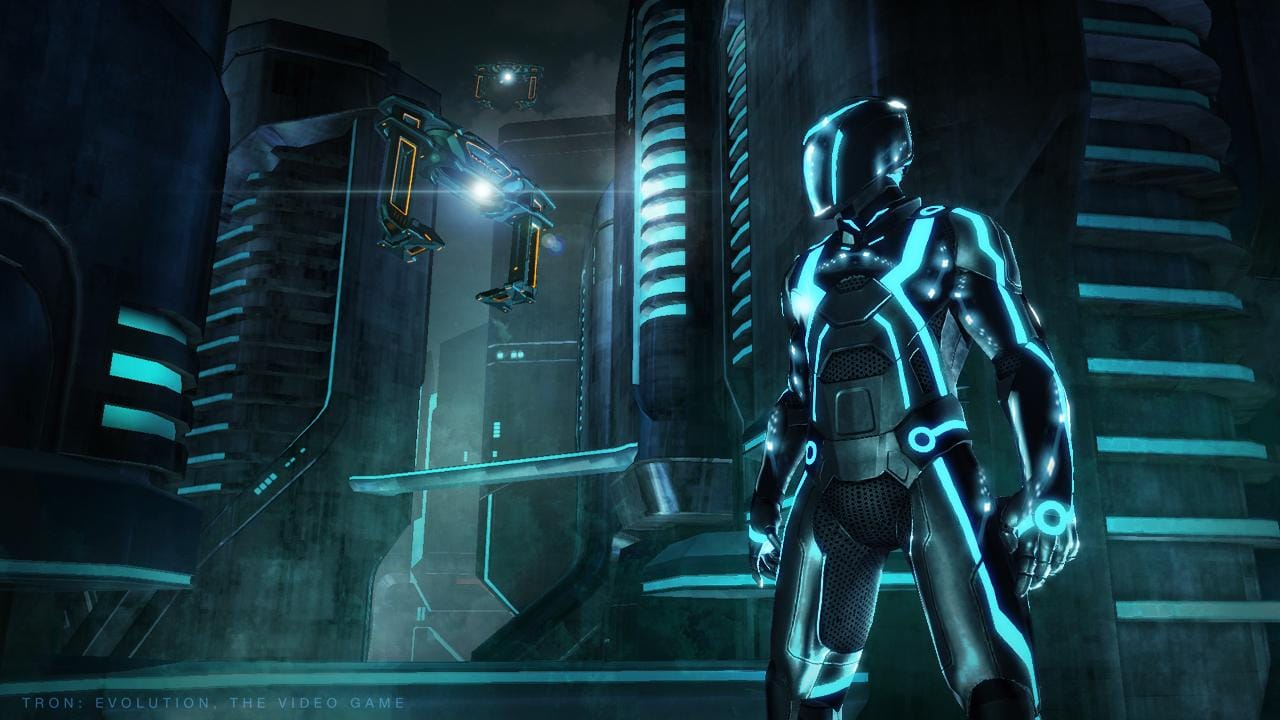How movies became unreal and why games always have been

J. Hoberman, exiled from the Village Voice, hits one out of the park at The New York Review of Books with his discussion of the introduction of CGI into film.
– – –
In short, whether as a source of visual data or as a delivery system, computer-generated imagery has introduced a radical impurity into a motion picture apparatus that, save for the introduction of synchronous sound, remained markedly consistent for a hundred years. Thus, The Matrix (1999), written and directed by the brothers Larry and Andy Wachowski, represents a landmark hybrid in its combination of live action with frame-by-frame digital manipulation. No previous animated film had so naturalistically represented the physical world. “Once you have seen a movie like The Matrix, you can’t unsee it,” a Los Angeles exhibitor told the New York Times in 2002, referring to the ways in which CGI had altered the action film, in part by allowing serious actors to perform impossible stunts.The Matrix, as film critic David Edelstein would note the following year, “changed not only the way we look at movies but movies themselves.” The Matrix“cut us loose from the laws of physics in ways that no live-action film had ever done, exploding our ideas of time and space on screen.”
His argument, that CGI moves film further and further into the land of unreality and dissasociation, a world in which every frame is manipulated, obvious calls to mind the total-world creation of the videogame. What took the movies almost a century to arrive at, games have been doing since their inception.



